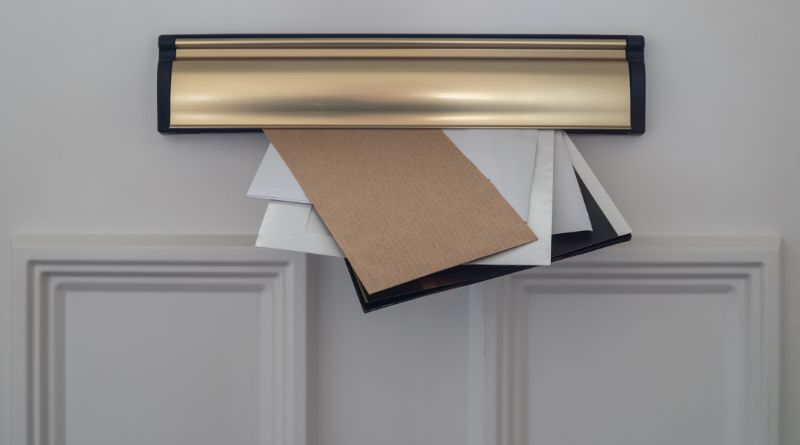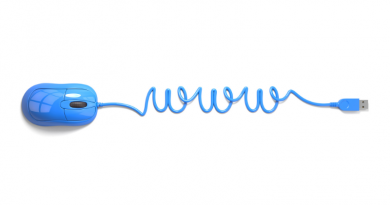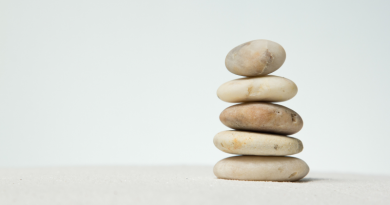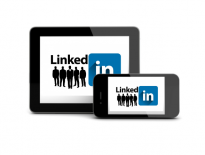Creating a powerful sales letter
How’s your direct mail programme working? How are your response rates?
Say a big ‘hello’ to the most powerful instance of copywriting you’re ever likely to use. The sales letter. What? More potent than web copy? Yep – most certainly. After all, by the time your reader is on your website, skimming through your lovingly crafted web words, they’ve already made a choice to pay you a visit. In a way, they’re already in your grasp. Whether you let them slip through – well, that’s down to you and your copywriting skills.
You’re nothing but a gate-crasher
A sales letter or sales email (and for the sake of much of what follows, we’ll assume these to be one and the same) is different. Your reader wasn’t expecting to hear from you. They haven’t asked you to pitch. You’re nothing but a gate-crasher, and you’ve invited yourself onto your prospect’s doormat (or inbox) with a single intent – to exchange your product or service for their cash.
Your ‘knock on the door’
Clearly, to give yourself the biggest chance of success, your sales letter needs to be pretty damn perfect – every single detail – from the content and style to the stamp on the envelope. Yes, even the stamp.
Getting your sales letter right is a big deal, so we’re going to cover it in two parts, beginning with the envelope – your ‘knock on the door’.
Your persuasion powerhouse
You’ve carefully selected your list. You’ve worked long and hard over every word, sentence, and paragraph. Your letter is a persuasion powerhouse with every key element firmly in place, including compelling benefits, powerful testimonials, a wonderful P.S. and an irresistible offer.
But – all your hard work, your copywriting genius and painstaking attention to every tiny detail will count for nothing unless your prospect opens the envelope.
So tell me – when you pick up your post from the doormat and sift through the assortment of postal flotsam and jetsam, which do you pick out first? Is it the magazine, the leaflets, the bills or the begging letters? I’ll hazard a guess it’s the one with the most appealing packaging – in other words, the most attractive envelope.
But picking the most attractive might be a little bit like dating (What do I know about dating? It’s been nearly 40 years). What’s attractive to one may not appeal to another.
Let’s look at two distinct approaches –
Option 1 – Keeping it personal
Here the aim is authenticity – making your prospect feel that this is you, in person, standing in front of them, chatting about your proposal.
With this option, you need to avoid using teaser copy or illustrations. Your envelope should quietly state importance, dignity, value.
Next – the stamp. Maybe just a detail – but it’s details that count. An envelope with a real stamp will have much greater appeal than a businessy-looking franked envelope. To add an even more personal, subtle touch, you might use a commemorative stamp.
Handwrite the envelopes. Yes – seriously. This will help you to come across as authentic. OK – we don’t live in an ideal world. If you’re sending your letter to thousands of households around the country, you can’t possibly hand write each one. But, if it’s a few hundred you’re sending out, or even a couple of thousand, paying someone with neat penmanship to write them is a pretty good option.
If handwriting isn’t possible, do the next best thing. Print the name and address in a dark blue font which imitates handwriting.
Avoid window envelopes. They’ll make your sales letter appear like a bill – not a good look.
Also, don’t let your company’s name or logo appear on the envelope. Just keep it clean and clear.
Option 2 – Treat your envelope like a billboard
With the ‘billboard’ approach, you don’t try to disguise the fact that you’re advertising your products or services. You’ll confidently apply ‘teaser’ copy to the outside of the envelope. The idea is to get your prospect to think: ‘Hmm, I should take a look at this.’ Here are some examples of effective teaser copy:
WHAT’S INSIDE COULD SAVE YOU THOUSANDS … and give better financial security for your family. Open it up …
COPYWRITERS ARE HOPING YOU NEVER SEE THIS!
COMPUTER CRASHES. Now you can end them – Forever. How? See inside…
When writing teaser copy, all the rules of good copywriting apply –
- Be specific
- Be benefit-oriented
- Speak directly to your prospect. Make your copy attention-grabbing, intriguing and tempting
Your teaser copy, if well-written, will determine whether your prospect stops, looks and listens. It’s the come-on – the headline of your ad, the dust jacket of your book, the display window of your shop.
Test … and test again
So how do you know which of these two approaches to apply? You simply have to test. Try one way. Try the other. See which one gives you the highest number of quality leads or sales. With direct marketing, they say there are two rules – and two rules only –
- Rule 1 – Test everything
- Rule 2 – See rule 1
Originally posted 2022-05-05 16:26:47.
- The Cinderella of marketing - August 20, 2025
- Writing your own website copy – preparation is all - July 11, 2025
- When ‘Sorry’ really is the hardest word - April 25, 2025






